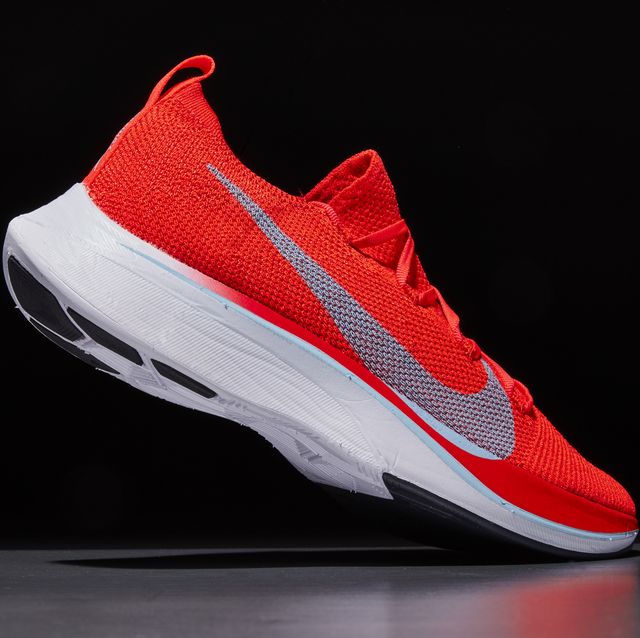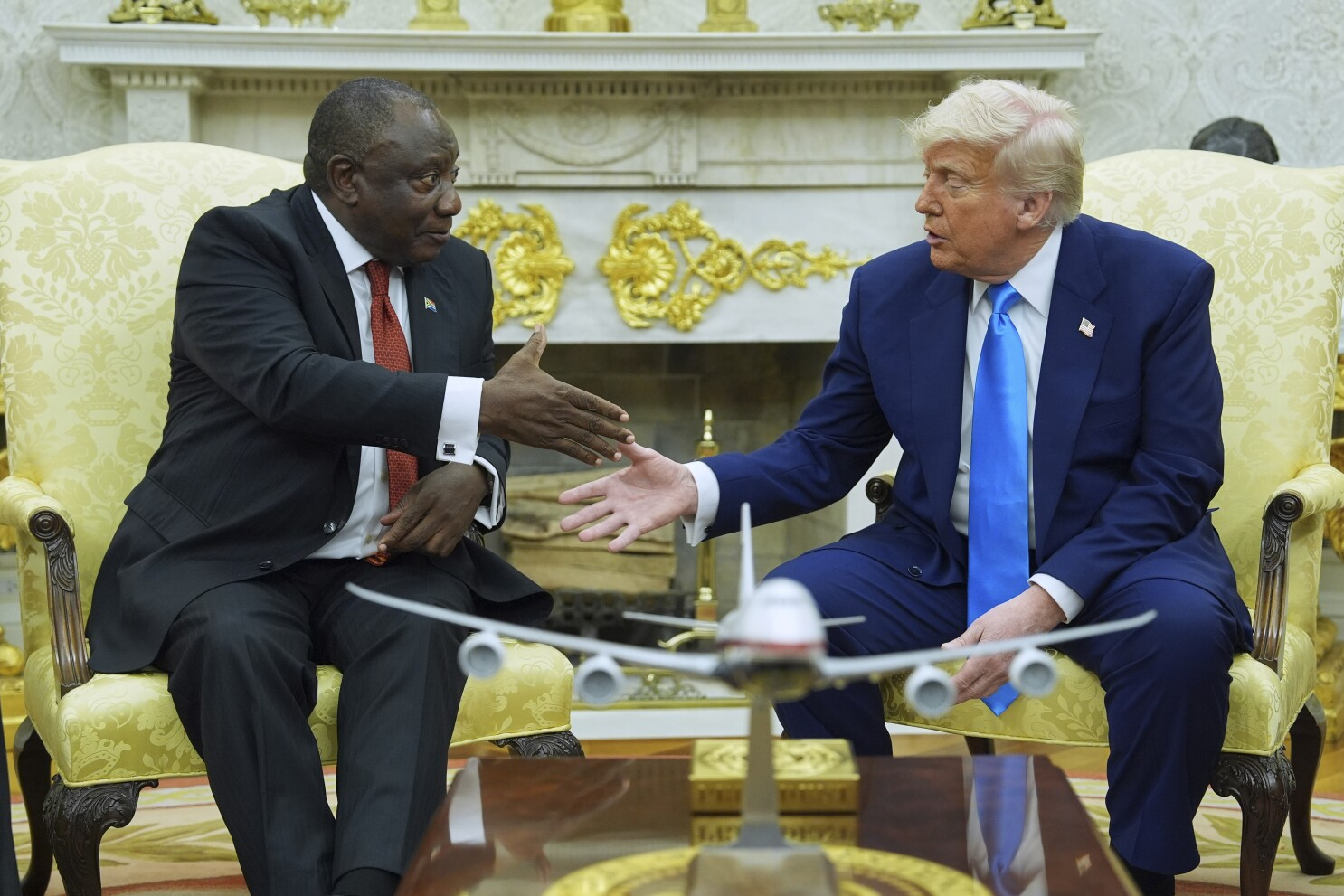
Athletics body to tighten rules after Nike’s Vaporfly helps records tumble
Athletics’ ruling body will tighten regulations governing shoe technology, two sources familiar with the matter said, after Nike’s popular Vaporfly brand helped re-write running records and sparked debate about whether it was “technological doping.”

World Athletics expects to announce the findings of a review into the technology used in road and track shoes by the end of January.
Recreational runners’ use of the fluorescent footwear will be unaffected, World Athletics said. Vaporfly combines carbon plate and ultra-springy compressed foam and is now a familiar sight at starting lines across the world.
“World Athletics definitely agrees that there needs to be greater clarity on what is permissible in elite sport and in our competitions,” it said in a statement to Reuters, adding that any change would need to be ratified by its council.
“It is not our job to determine the shoe running market for everybody. If people want to run a marathon in Vaporflys or any other shoe, it’s not our job to stop them. But if you want a ratified record, then you are classified as elite and have to abide by the rules.”
When asked about the review and a possible change of rules, Nike said: “We respect the IAAF (now World Athletics) and the spirit of their rules, and we do not create any running shoes that return more energy than the runner expends.”

Courtesy: PULSE/Business Insider
34-year-old marathoner, Eliud Kipchoge, who became the first person to run a sub two-hour marathon – while running in a pair of Nike’s Vaporfly sneakers – as well as nine of the 10 marathons he has entered, laughed off claims that it was the shoes that made the difference.
“It’s the person who is running, and not the shoes,” said Kipchoge when asked about the shoes at his Global Sports Communication/NN Running team training camp in Kaptagat.
Regulations state that any shoe “must be reasonably available to all in the spirit of the universality of athletics and must not be constructed so as to give athletes any unfair assistance or advantage.”
The governing body, which has longstanding restrictions on midsole thickness for high jump and long jump shoes but has given free rein to running shoes, says more research is needed to determine exactly what benefits are provided by the Vaporfly.
The sources did not specify what changes World Athletics is planning. Industry experts have suggested the organization might impose limits on the depth of foam, for example, or the amount of carbon used in elite competition.






